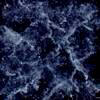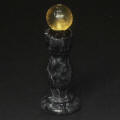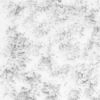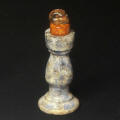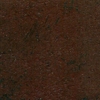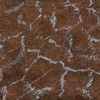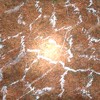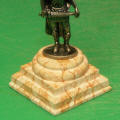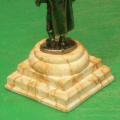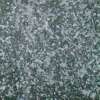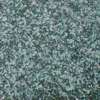Up Home Historic Sites Models Heraldry Puzzles Garden Links
| Contents | |||||||
 |
Black
Marble How to paint a faux black marble finish. |
 |
White
Marble How to paint a faux white marble finish. |
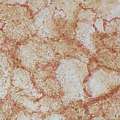 |
Honey
Marble How to paint a faux honey marble finish.
|
 |
Red Marble How to paint a faux red marble finish.
|
 |
Green
Granite How to paint a faux green granite finish. |
|
Red
Granite How to paint a faux red granite finish. |
|
Caen Stone How to paint a Caen stone colour scheme. |
||




